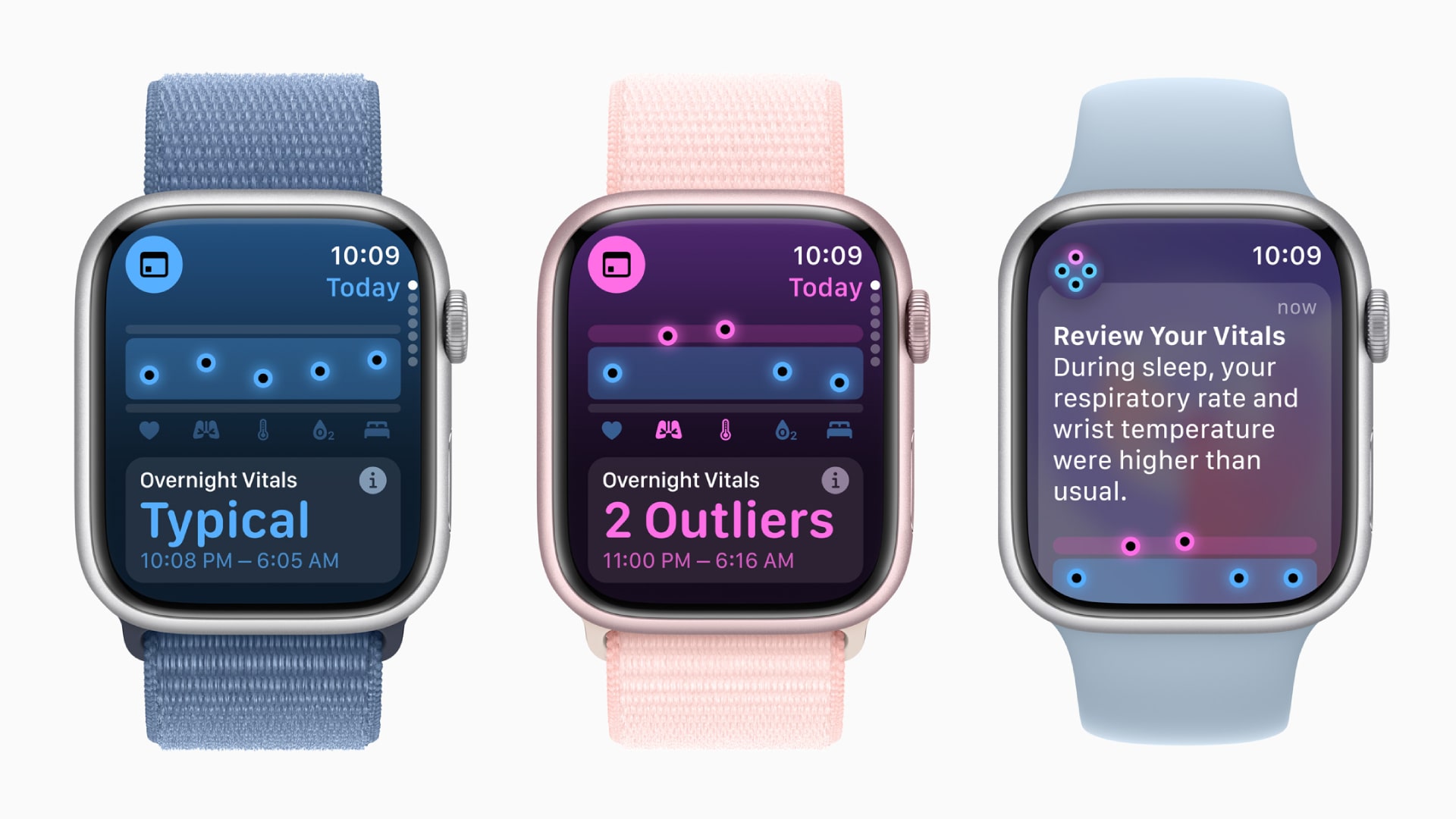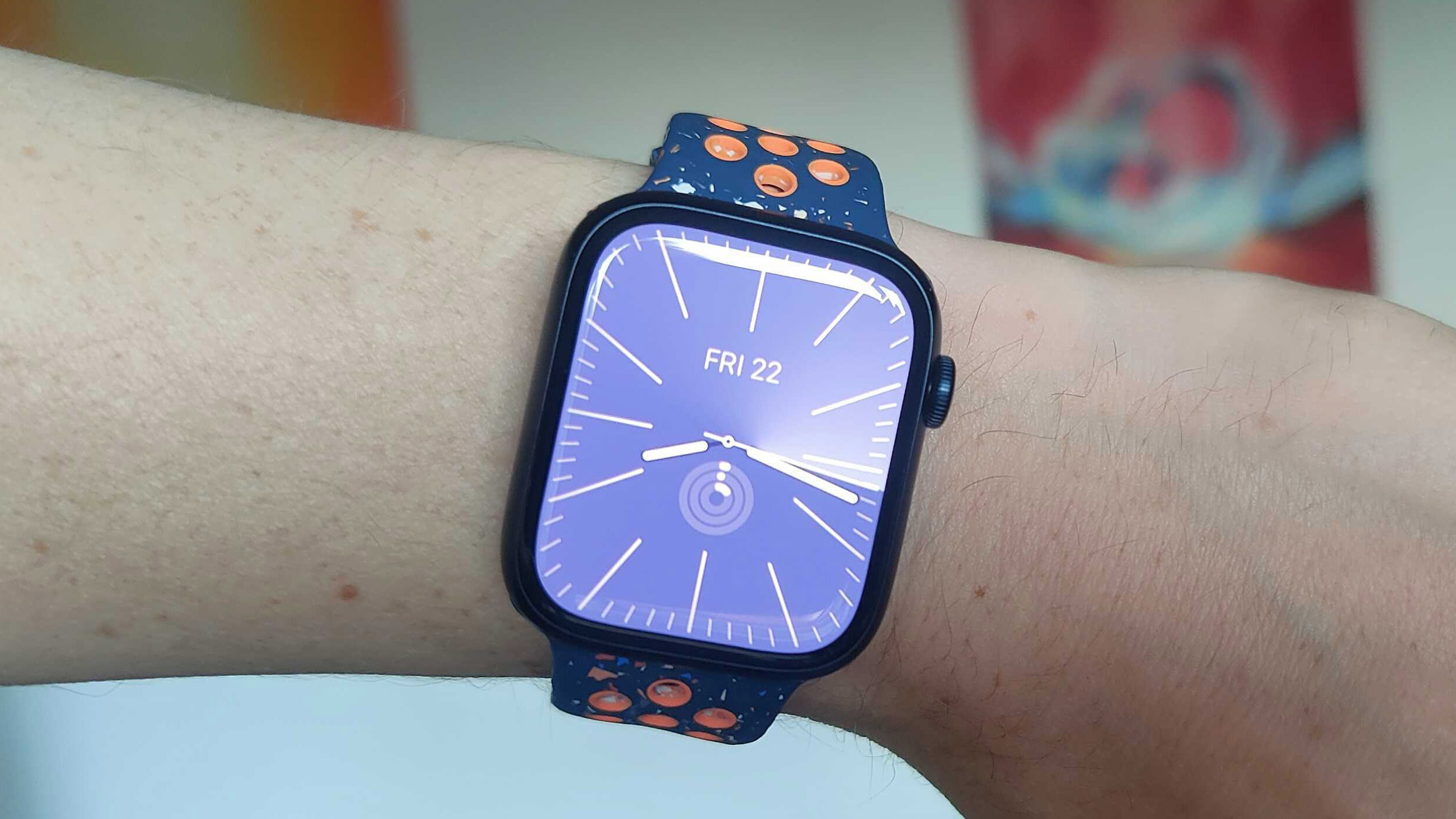When the next Apple Watch comes out, as we’re expecting it to during Apple’s upcoming reveal event on September 9, many people will want to buy one straight away. But should you upgrade to the latest model, or wait? That’s the question.
The rumor mill suggests there are two possible names for the next generation of the best Apple Watch. You might assume it will be the Apple Watch Series 10. And you may well be right. But it may also be called the Apple Watch Series X — a reference to the Roman numeral for ten. That was used for the iPhone’s 10th anniversary in 2017, with the release of the iPhone X.
That 10-year milestone doesn’t come around for the Apple Watch until 2025. But given we already had the Apple Watch Series 9 last year, if Apple is to pull this trick again, now is the time to do so. But even if the naming convention drastically changes, what will actually be different, and if you’re considering buying a Series 9, is it worth waiting for the upgrade?
The iPhone X brought with it the most drastic design rework the series had seen to date. While the Watch Series 10 (or Series X) seems unlikely to manage the same feat, there may be a significant design rework and major new features on the cards. Let’s dive in and see what the rumors say.
Apple Watch Series 10 vs Series 9: Price and release date
Table of Contents
The Apple Watch Series 9 was announced in September 2023. Its successor the Series 10 is expected in September 2024. This is an annual upgrade cycle, and has been since the second version from 2016.
We don’t think a change in pricing is likely this year, based on early reports from Apple Insider. That means a starting cost of $399/£399 to $429/£429.
Apple Watch Series 10 vs Series 9: Design

Although significant outer changes are expected in the Apple Watch Series 10, they represent a continuation of the design trend we’ve seen in the last few generations. Screen borders have become slimmer to allow for a larger display, but with the Apple Watch Series 9 screen bezel already perilously slim, the next generation is expected to have a larger casing to accommodate.
The current 41mm model may become the 45mm Apple Watch Series 10, according to rumor, while some also expect Apple to release a “standard” Apple Watch with the same 49mm casing size as the Apple Watch Ultra series.
And because the Watch 10 will likely have a less built-up casing than the Ultra series, without a raised bezel, this model’s display could be the largest of the entire wider Watch family.
To compensate for these larger casings, Apple is also expected to slim them down a bit. Will it be thinner for us to really notice outside of a direct comparison? That we don’t know. However, it does make sense for Apple to be able to thin out a watch that is getting a somewhat larger footprint.
Apple Watch Series 9 vs Series 10: Display

Leaked codenames suggest the Apple Watch Series 10 will come in two sizes. Those models are dubbed N217 and N218.
According to analyst Ming-Chi Kuo, these watches will have 45mm and 49mm height casings. There’s no room for a 41mm model anymore, it seems, although it seems likely a previous generation will live on with that option. Throwing out the 41mm style entirely doesn’t make a whole heap of sense. Maybe that’s one for the eventual SE 3.
The larger watch may have a screen as large as two inches, compared to the 1.92 inches of the Watch Ultra 2 and 1.9 inches of the largest Watch Series 9.
Apple is also expected to use more efficient screen components in the Series 10, with greater use of LTPO backplane tech. While the Apple Watch Series 9 was advertised as having an LTPO screen, it apparently only uses it to a limited extent, in order to enable the watch’s 1Hz to 90Hz dynamic refresh rate.
Given the current-generation watch already has this dynamic refresh, often cited as the lead efficiency benefit of LTPO, we have to wonder how much of a real-world battery boost we can expect. But we’ll take what we can get.
The Apple Watch Ultra 2 also proves there’s still headroom for the Watch Series 10’s brightness to increase too. While the searing 2000-nit brightness of the Watch Series 9 is easily bright enough for most conditions, 3000 nits is clearly possible.
Apple Watch Series 9 vs Series 10: Features

We have known about, and talked about, the next big Apple Watch health features for years. The two key ones are blood pressure and glucose monitoring, for those with hypertension and diabetes/pre-diabetes.
However, getting these to work reliably has seemingly been one of the toughest challenges the Apple Watch team has had to face over the last few years. And it looks like we will, at most, get blood pressure readings this year.
They may not be what you’re hoping for either. Current thinking suggests the Apple Watch Series 10 will only be able to estimate blood pressure changes, from regularly recalibrated baselines readings using a pressure cuff.
This is the approach the Samsung Galaxy Watch series takes, and has done since 2020 with the Galaxy Watch 3.
It’s a little less exciting than a watch like the Huawei Watch D, which has true standalone blood pressure readings — but it does literally have an inflatable cuff built-in, showing how tricky this stuff is.
The Watch Series 10 is also expected to introduce Sleep Apnea detection. It’s a condition that affects up to an estimated 39 million adults in the US, according to the National Council on Aging. That’s similar to the prevalence of diabetes.
It’s likely to do this using a blend of heart rate data, breathing rate, SpO2 (blood oxygenation) and snore detection.
So what about blood glucose monitoring? This wearable holy grail is not ready yet, not least because its accuracy would have to be very high — Apple would be irresponsible to include anything less in the Apple Watch Series 10. It would probably work via mid-infrared spectroscopy is one proposed solution for non-invasive blood glucose monitoring, which means (as with so much in these wearables) using the heart rate LED and sensor array on the back of the watch to analyze blood sugars.
But, for now, sleep apnea alerts may be the most approachable addition to the Apple Watch Series 10 line-up.
Apple Watch Series 9 vs Series 10: Fitness hardware

Dual-band GPS is the obvious fitness feature the Apple Watch Series 10 could adopt that the Series 9 lacks.
This means the watch can use another form of global positioning when scouting out your location. The Series 9’s GPS array currently uses the L1 signal, which uses the 1575.42 MHz frequency. Dual-band GPS adds L5, at 1176 MHz, to bolster performance in trickier environments like skyscaper-strewn cities.
But isn’t dual-band GPS a key feature of the Watch Ultra? It sure is, but other brands have lowered the bar on this feature. Samsung uses it in the base Galaxy Watch 7. Garmin has it in the Garmin Forerunner 265. It’s no longer a feature limited to flagship watches, so could be a candidate for the standard watch.
Apple Watch Series 9 vs Series 10: Battery Life
While there are no leaks or insider reports on the specifics of the Apple Watch Series 10’s battery life, there is some hope Apple may finally break from its tradition of an 18-hour battery life claim.
We’ve mentioned most of these already. There’s the apparently more efficient screen tech. A new Apple S10 processor will likely include efficiency savings, perhaps ones Apple can handily tie in to “AI.”
And the larger footprint of the rumoured 49mm Apple Watch Series 10 could potentially be used to allow for a substantially larger battery. Our hope is Apple could bump its claim from 18 hours to 24, still leaving a large enough gap between it and the 36-hour Apple Watch Ultra 2 to avoid any pearl-clutching. Perhaps this will also be exclusive to the larger 49mm Series 10.
Apple Watch Series 9 vs Series 10: Verdict

Based on the pre-existing rumors, there are a few strong design and feature reasons to wait for the Apple Watch Series 10 over buying a Series 9 right now. Our verdict? Most should wait, and see how the two compare in real life.
First, word of a new larger model could result in better battery life than we’ve seen in the mainline Apple Watch series before, bridging the gap between it and the Watch Ultra.
There’s also scope for a significant expansion of health features, most likely in sleep apnea and blood pressure monitoring. Great or not, they will at least be interesting.
However, from a practical perspective, we’re close enough to the expected date of the Apple Watch Series 10 unveil for the Watch Series 9 to be an ideal buy unless you need the watch right now. The new model is likely to lead to price drops for the Series 9, and potentially some, at least moderate, techy “fomo”, or “fear of missing out”.

























